Rio de Janeiro is a vibrant and diverse city with plenty to see and do. This vibrant and dynamic city is famous for its stunning natural beauty, rich culture, and lively atmosphere. Rio offers something for everyone, whether you’re interested in culture, history, nature, or simply having a good time.
Here’s how to spend a perfect week in Rio de Janeiro:
Day 1 – Tijuca Forest & Botanical Garden

The Tijuca Atlantic Forest is one of the largest urban forests in the world with more than 40 km2, located in the heart of Rio. The hiking trail takes you to the top of Pedra Bonita, one of the most stunning summits of Rio de Janeiro with great views of the city, the coastline and the rainforest around. In a 50-minute hike (3,5 km roundtrip) going uphill you’ll reach the top and see from a unique angle Pedra da Gávea, the famous majestic flat rock that is like a ‘table mountain’ and the biggest monolith close to the ocean in the world. From this summit, in clear days, we can also see the West coast of Rio, the Barra area with its lagoons and mangroves, also Ipanema and Leblon beaches, Favela Rochina and Dois Irmãos Peaks Hill. On the way up, it may be possible to see some wildlife like toucans, coatis and monkeys. During the tour, discover the history of Rio and Tijuca Forest, about the coffee farms that used to exist there, the reforestation held in the XIX century and about the flora and the tropical rainforest. The tour also includes a visit to the Chinese Pagoda Viewpoint, with an amazing belvedere of the Southern side of Rio and one of the very few spots where you can get Christ Redeemer, Sugar Loaf, the beach and the lagoon in the same frame. The hike requires reasonable fitness, it is considered easy in terms of difficulty, there will be short but steep trails up and downhill on a rough terrain. Don’t miss out Mirante Dona Marta, another scenic viewpoint located in the park. The viewpoint is situated on top of a hill and can be accessed via a winding road or a short hike. It’s best to arrive early in the day to avoid the crowds. From here you can get some of the best views of the city.
After lunch, visit the Botanical Garden in Rio de Janeiro, a beautiful and serene escape from the hustle and bustle of the city. With its impressive collection of plants and peaceful surroundings, it’s a must-visit destination for nature lovers. The garden spans over 140 hectares, located in the South Zone of Rio de Janeiro, Brazil. Home to over 8,000 species of plants, including the impressive 200-years old imperial palm trees, and the towering Amazonian Victoria Regia water lilies and other rare species, this is a true paradise oasis of greenery.
Day 2 – Rio de Janeiro Guided Walking Tour
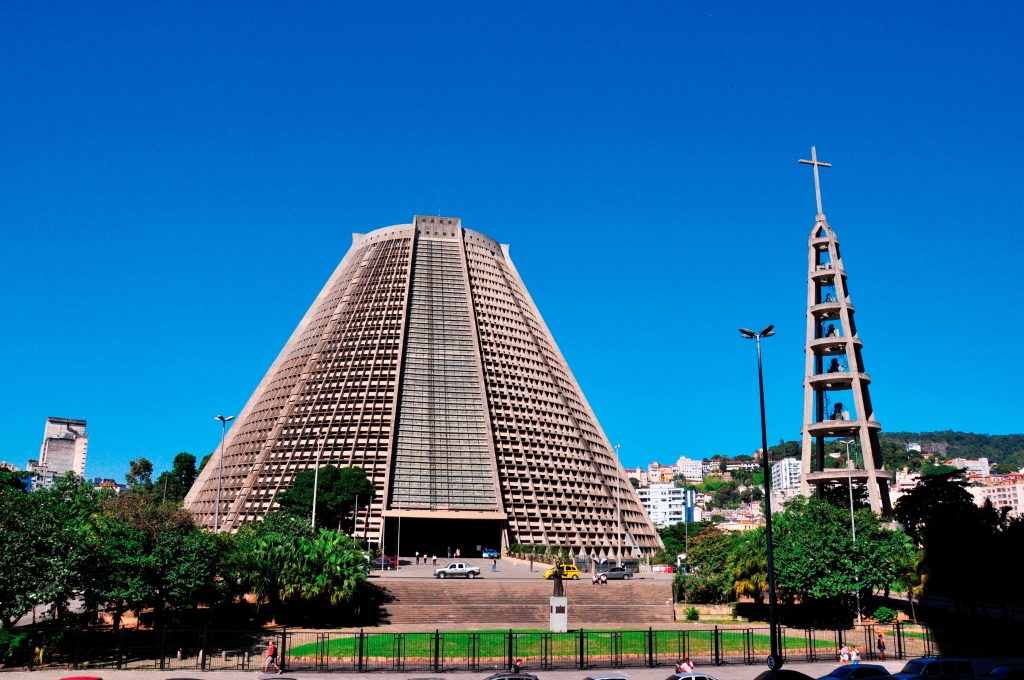
Step back in time with legends and stories around the narrow streets and old historical buildings of Downtown Rio. The walking tour includes many interesting points such as Candelaria church, Praça XV square, Travessa do Mercado alley, Paço Imperial museum, the cultural center located in the restored Banco do Brasil building, Casa França-Brasil museum and others.
In the evening, enjoy Lapa area, where the real carioca spirit of bohemian life can be felt. The tour starts at a typical Brazilian barbecue restaurant. Then continue to Rio Scenarium, an antique shop during the day and a live music bar during the night, one of the most amazing places to listen a good samba music.
Day 3 – Corcovado & Ginga Tropical
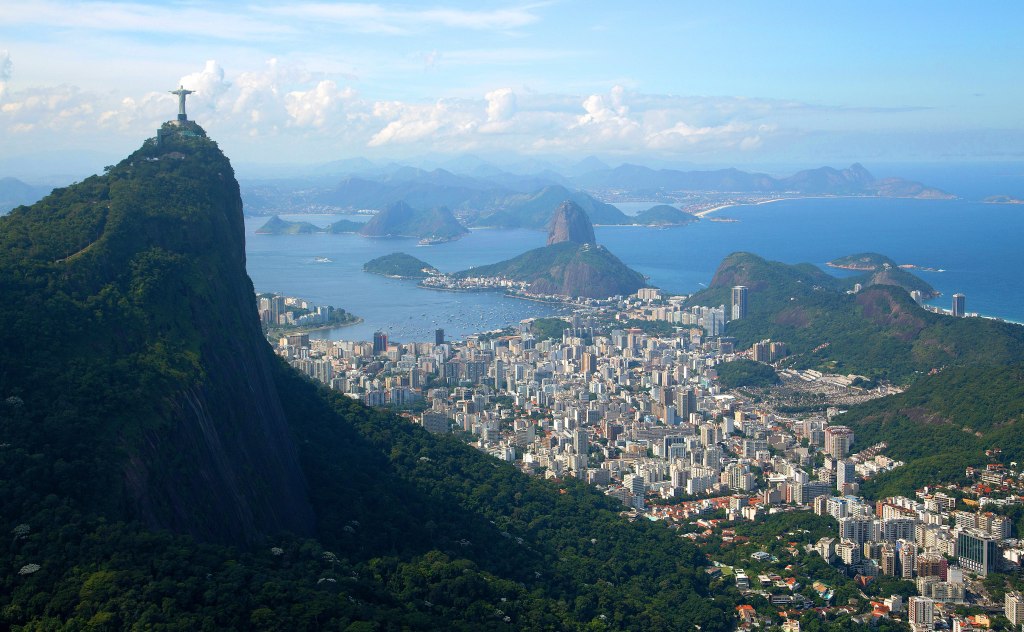
Christ the Redeemer statue is located at Corcovado Mountain, 710 meters above the sea level. This tour begins at Cosme Velho neighborhood, from where the cog train starts the trip up to the statue, through the Tijuca Forest.
After the Corcovado, visit a traditional open street market to taste tropical fruits. Depending on the season, a variety of exotic fruits can be found, such as graviola, atemoia, passion fruit, star fruit, jabuticaba, caqui, mandarin, cashew and many others.
In the evening, visit Ginga Tropical, a multicultural Brazil show that gathers on stage the diverse cultures of Brazil: The Ziriguidum, the Northeast, the Amazon and the Pampas with its Folklore, Bahia with its Capoeira, their mystical rituals, and Rio de Janeiro with its incomparable bohemian Lapa, their dance halls and the perform of the legendary Tricksters. At the end, the luxurious Carnival, with fantastic drummers and beautiful Mulatas. The Gafieira Estudantina stands out for its 86 years of history and cultural resistance. Located in Praça Tiradentes that is a revitalized area of the historic downtown and part of the Cultural Corridor of Rio de Janeiro.
Day 4 – Sugar Loaf

You will be taken to the neighborhood of Urca where it is located one of the largest symbols of the city: the Sugar Loaf. This visit is made in two steps by cable car. The first cable car takes you to Urca Hill, which is 215 meters high and from where one can have a beautiful view from the Guanabara Bay and its islands, the Rio-Niterói bridge and Corcovado hill. From this stage, a second cable car will be taken up to the top with 395 meters to find a splendid view from Copacabana beach, the Santa Cruz fortress and some beaches of Niterói.
Day 5 – Sitio Roberto Burle Marx and Casa do Pontal Museum
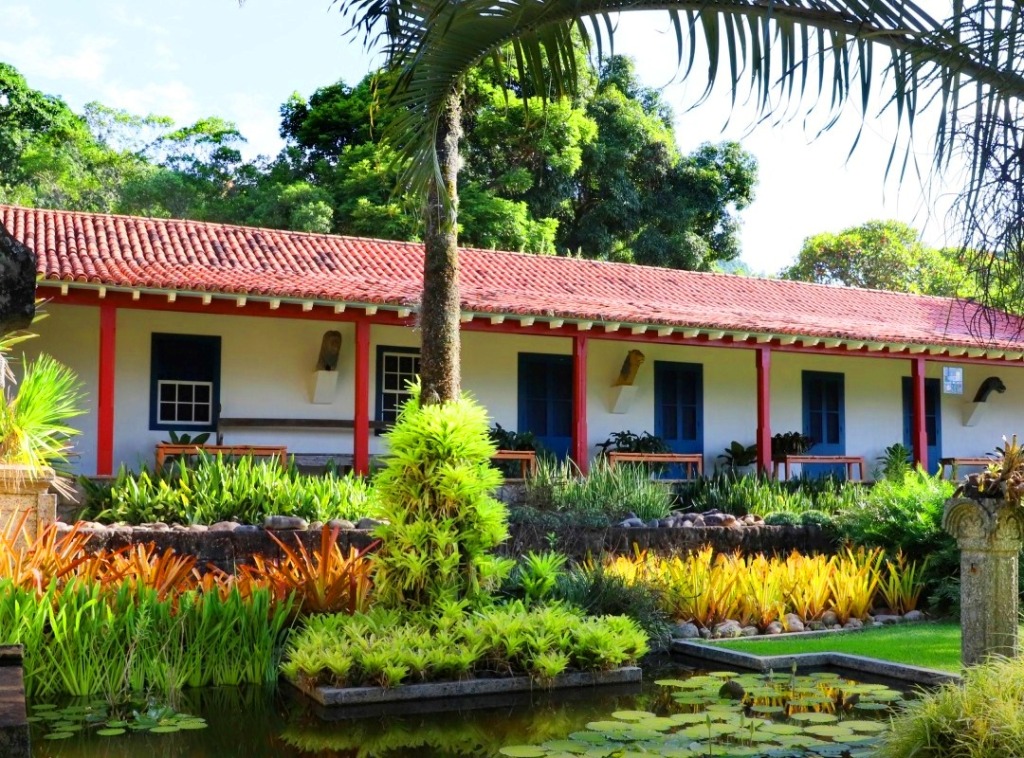
The Sítio Roberto Burle Marx is a center dedicated to research of landscaping, botanical and conservation of nature. It has recently been named as a UNESCO World Heritage Site. The sitio has a botanical collection of over 3.500 species of plants. It is recognized as one of the most important collections of live plants in the world. Stop for a lunch at Maison VG. This rustic and elegant bistro is located in a quiet street, surrounded by greenery. After the lunch, continue to Casa do Pontal Museum which is the most significant museum of Popular Art in the country. The museum is located in a green area of 5000m² surrounded by gardens, next to the beach. The collection of 8500 artworks represents different regions and cultural groups in Brazil. Casa do Pontal offers guided visits with musical performance.
Day 6 – Pedra da Gavea
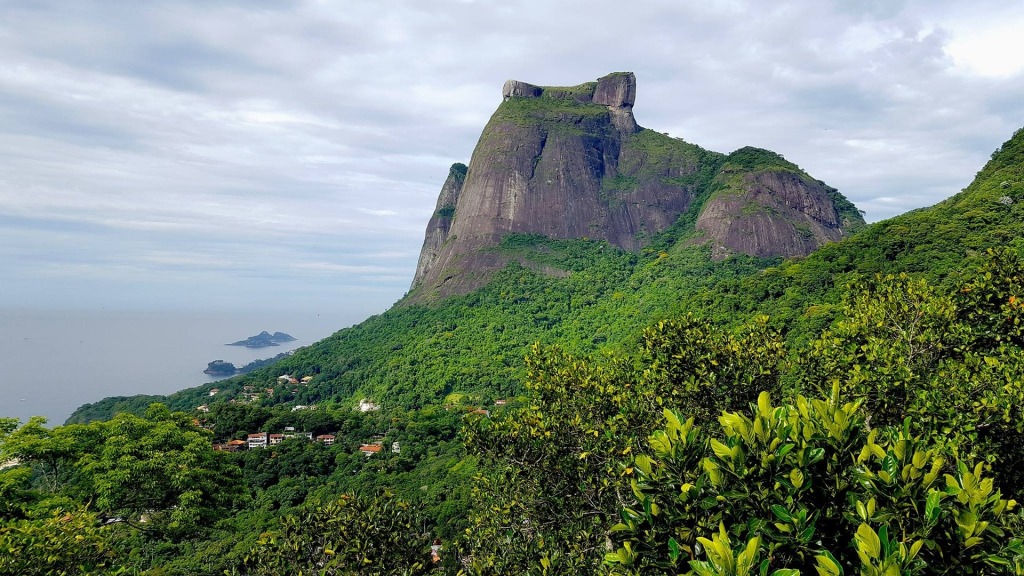
Pedra da Gavea is one of the most challenging and popular trails in town. Pedra da Gávea is located in the Tijuca Forest National Park, in the West Zone of Rio de Janeiro. It’s approximately 842 meters high and can be accessed by hiking trails. There are several hiking trails that lead to the top of Pedra da Gávea, ranging in difficulty from moderate to strenuous. The hike takes approximately 2-3 hours each way. At the summit of Pedra da Gávea, visitors can see a large rock formation that resembles a human face, known as the Cabeça do Imperador. The views from the summit of Pedra da Gávea are breathtaking and offer a panoramic view of Rio de Janeiro, including the famous beaches of Copacabana and Ipanema, as well as the Tijuca Forest and the surrounding mountains. It’s recommended to start the hike early in the morning to avoid the heat of the day and bring plenty of water and snacks for the hike.
Day 7 – Day trip to Petropolis & Teresopolis
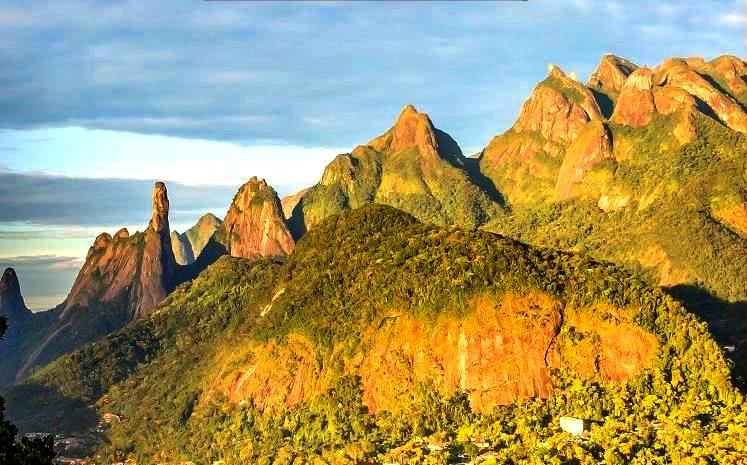
Today visit the former royal summer residence of Petropolis (1,5 hours / 68 km). The city was founded by Dom Pedro II, the last emperor of Brazil, in the 19th century. This is a great destination for a romantic getaway, as well as one full of history and culture. Visit the Quitandinha Palace, the neo-gothic cathedral, the historic center with beautiful architecture, museums and theaters. Petropolis is also one of the best places in Brazil for beer, offering a complete brewing experience in Latin America. Visit a local brewery and learn about the process of beer-making, tasting different beer types. Continue to Teresopolis (1,5 hours/55 km), the gateway to Serra dos Órgãos National Park. At the entrance to the city stop at Mirante do Soberbo to appreciate dramatic views of the mountains. Welcome to the land of hikers! Here you will find dozens of trails of all levels of difficulty. Follow a trail of a moderate difficulty, called Trilha Cartão Postal (1 km), followed by a 15 min easy walk to a natural spring. The path presents a beautiful view of the mountains, Dedo de Deus, Escalavrado, Santo Antônio and Dedo de Nossa Senhora. After the hike enjoy a cold beer at Villa St. Gallen. Return to Rio in the evening.
Bonus – Day trip to a historic coffee farm in Vale do Café
It is always a good idea to spend some more time in Rio de Janeiro area and discover its coffee heritage.
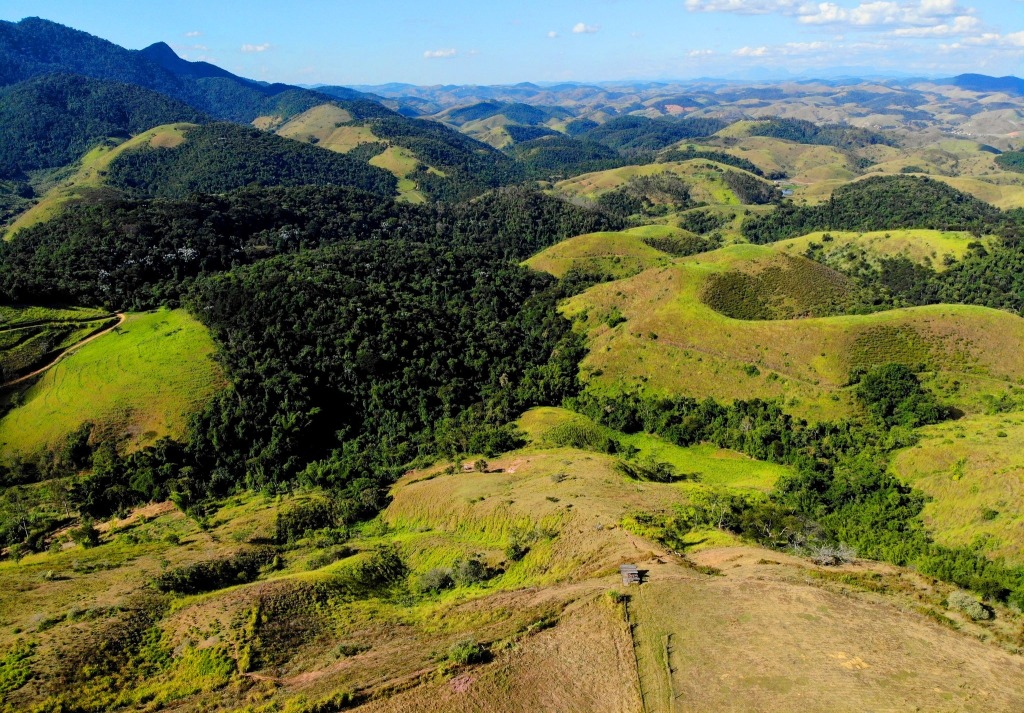
Discover the secrets of coffee-making at historic Brazilian farms in Vale do Café in the countryside of Rio de Janeiro state. Get a genuine insight about coffee production from first hands. Try different coffee blends to decide which one is your favorite. Understand the production process from harvesting to grinding, and get a taste of rural life. You will visit Vale do Paraiba, a beautiful green region with impressive hills, hiding a rich and turbulent history. In the 19th century Vale do Café produced 75% of the world coffee, making Brazil the leader on the market. Travel back in time while visiting a picturesque town of the coffee barons, like Barra do Pirai. Visit two beautiful old farmhouses which were once the most sophisticated aristocratic residences. After slavery was abolished in 1888, growing coffee was too expensive and the region started to decay. Take a journey through the Brazilian history, learn about coffee and enjoy the scenic region of Rio de Janeiro countryside. Here, the dark slavery past is in stark contrast to lush surroundings of rolling green hills and thick forest. The length of the itinerary can be adjusted to your travel plans. Visit Fazenda São João da Prosperidade, an active livestock farm with a sausage factory. The farmhouse is simple but strong. Continue to Fazenda Allianca, a great example of sustainability, cultural and natural heritage of the Coffee Valley. The farm encourages a healthier organic lifestyle. They produce coffee, sugar cane, fruits, a large variety of vegetables and special buffalo cheese. Enjoy a gastronomic experience and a coffee tour. After lunch, visit the buffalo stable to see the milking. Return to Rio in the evening.
Recommended Tours
***
Boutique Travel Experts (BTE) is a small independent tour operator specializing in Brazil. All trips are tailor-made. BTE works with small hotels and local guides, encouraging a sustainable tourism and supporting responsible practises. BTE’s experts have travelled extensively in Brazil, and we know the country inside-out. There are many safe national parks – BTE wants to show you the beauty of Rio de Janeiro.